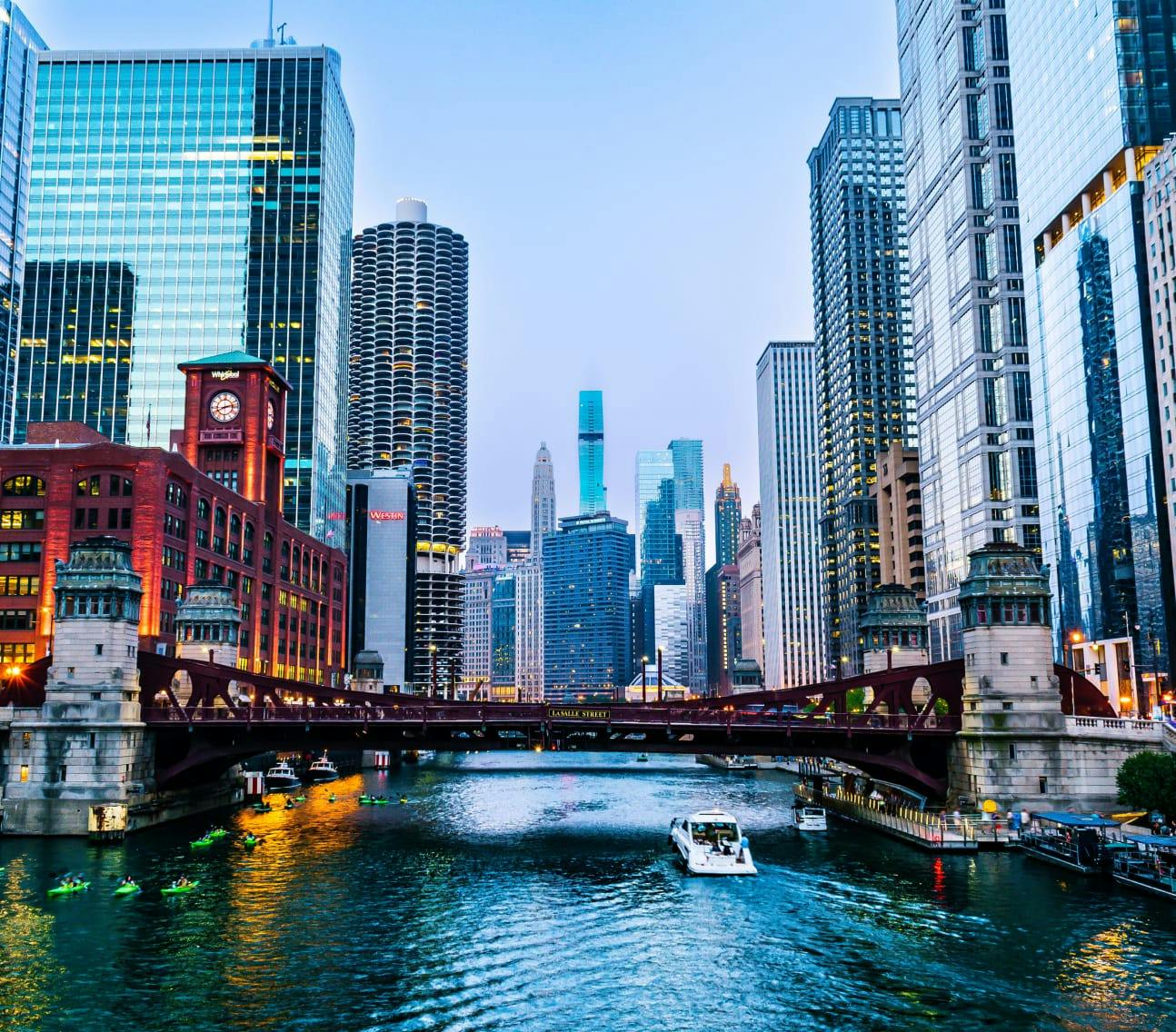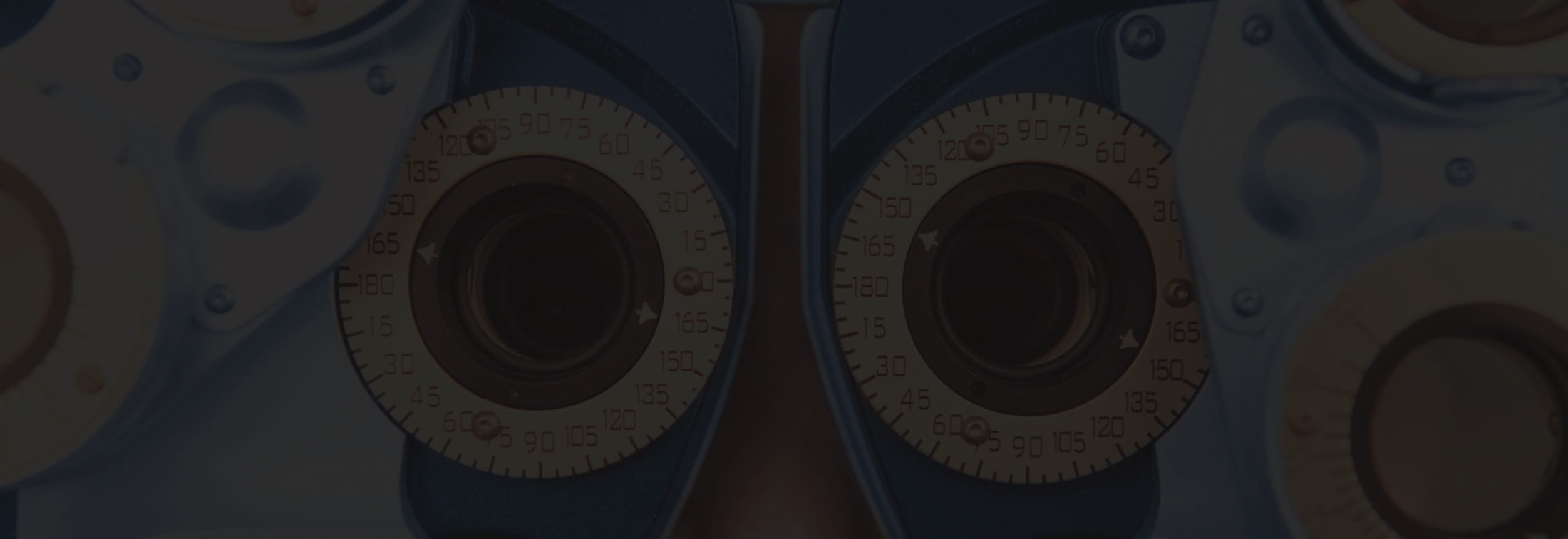Advanced Surface Ablation (ASA) is a version of laser eye surgery used to address refractive errors, such as nearsightedness, farsightedness, and astigmatism.
What is Advanced Surface Ablation (ASA)?
Advanced Surface Ablation (ASA) is a procedure performed to correct your vision by reshaping the cornea. The treatment has been performed safely for over two decades with outstanding results. It is also known as photorefractive keratectomy (PRK), which was the earlier form of ASA. During an ASA session, the outer layer of the cornea called the epithelium, is removed. This can be accomplished using a blade, alcohol, or a laser.
Once the epithelium is removed, an excimer laser is used to reshape the cornea by removing a thin layer of tissue. The laser produces ultraviolet light and emits high-energy, computer-controlled pulses. Reshaping of the cornea allows light to enter the eye and focus on the retina, resulting in clearer vision.
ASA is a good option for those with thin corneas or for those who are not good candidates for LASIK. It is also a good option for people who have dry eyes or who participate in contact sports or activities that increase the risk of eye injury.






